The impact of modern furniture on the environment.
Modern furniture has become increasingly popular in recent years, with consumers looking for sleek, stylish, and functional pieces to enhance their homes and living spaces. While modern furniture can bring a sense of sophistication and comfort to any room, it also has a significant impact on the environment. In this blog post, we will explore the various ways in which modern furniture affects the environment and what can be done to minimize its impact.
The first and most obvious impact of modern furniture on the environment is the manufacturing process. The production of modern furniture requires the use of large amounts of natural resources, including trees, minerals, and petroleum. Deforestation and the depletion of natural resources can have severe consequences for the environment, leading to soil erosion, habitat loss, and a decline in biodiversity. In addition, the manufacturing process releases greenhouse gases into the atmosphere, contributing to climate change.
Another factor to consider is the use of chemicals and synthetic materials in modern furniture. Many modern furniture pieces are made from synthetic materials such as plastic, synthetic fibers, and synthetic wood products. These materials are not only non-renewable, but they also release toxic chemicals into the environment during production and disposal. For example, the production of synthetic fibers releases volatile organic compounds into the air, which can contribute to air pollution and climate change. In addition, many synthetic materials are not biodegradable, meaning they will take centuries to break down in landfills.

The transportation of modern furniture also has a significant impact on the environment. Furniture must be transported from the manufacturing plant to the retail store and then from the store to the consumer’s home. This transportation process contributes to greenhouse gas emissions and air pollution, as well as adding to the depletion of natural resources. The longer the distance traveled, the greater the impact on the environment.
Finally, the disposal of modern furniture is another environmental issue to consider. When furniture reaches the end of its life, it is often discarded and ends up in landfills. Furniture made from synthetic materials, such as plastic and synthetic fibers, takes hundreds of years to break down and can release toxic chemicals into the environment. In addition, the disposal process contributes to greenhouse gas emissions and air pollution.
There are several ways to minimize the impact of modern furniture on the environment. One of the most effective ways is to choose furniture made from environmentally friendly materials, such as sustainably harvested wood, bamboo, and recycled materials. These materials are renewable and biodegradable, and they have a much lower impact on the environment than synthetic materials.

Another way to reduce the impact of modern furniture on the environment is to choose furniture that is locally manufactured. Local manufacturing reduces the carbon footprint of transportation, as well as supporting local economies. In addition, furniture that is locally manufactured is often made from locally sourced materials, which reduces the impact of resource depletion.
Another way to reduce the impact of modern furniture on the environment is to choose furniture that is designed to be environmentally friendly. For example, furniture that is designed to be disassembled and recycled at the end of its life can reduce the impact of disposal. In addition, furniture that is designed to be energy efficient, such as LED lighting and low-voltage electronics, can reduce the impact of energy consumption.
Finally, it is important to consider the impact of furniture on the environment throughout its entire life cycle, from production to disposal. This includes choosing furniture that is made from environmentally friendly materials, choosing furniture that is locally manufactured, and choosing furniture that is designed to be environmentally friendly.
In conclusion, modern furniture has a significant impact on the environment, from the manufacturing process to the disposal process. However, by making environmentally conscious choices, consumers can minimize the impact of modern furniture on the environment. Choosing furniture made from sustainable materials, supporting local manufacturing, and selecting furniture with environmentally friendly designs can all help to reduce the impact of modern furniture on the environment.

Additionally, by properly disposing of furniture at the end of its life, consumers can help to prevent it from ending up in landfills and releasing toxic chemicals into the environment.
Consumers can also play a role in reducing the environmental impact of modern furniture by choosing to buy second-hand furniture or to have their existing furniture repaired and reused. This not only reduces the demand for new furniture, but it also extends the life of the furniture and reduces the amount of waste that ends up in landfills.
In conclusion, the impact of modern furniture on the environment is a complex issue that requires a multi-faceted solution. Consumers, manufacturers, and governments all have a role to play in reducing the impact of modern furniture on the environment. By making informed choices and taking steps to minimize the impact of modern furniture, we can create a more sustainable future for ourselves and for the planet.


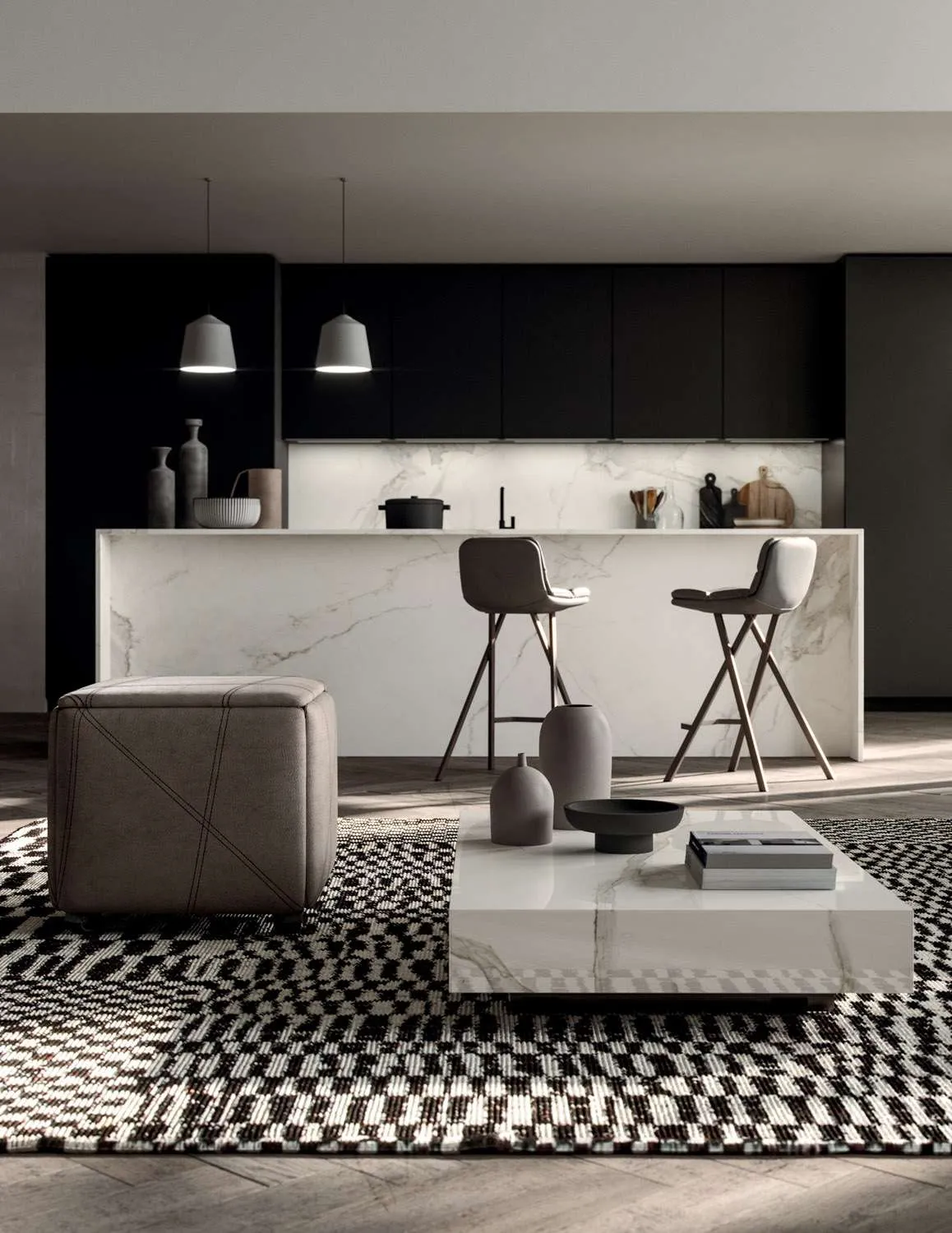
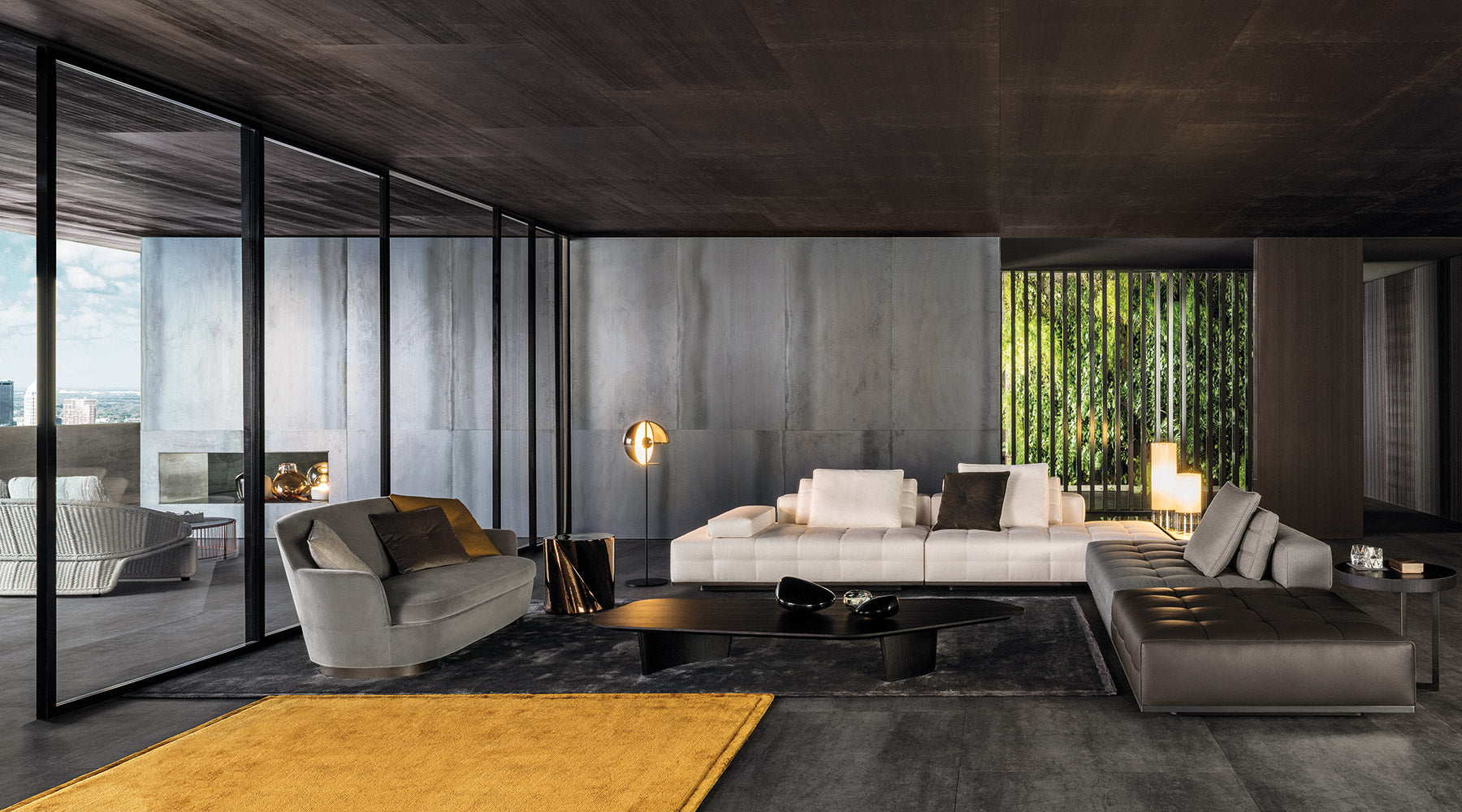

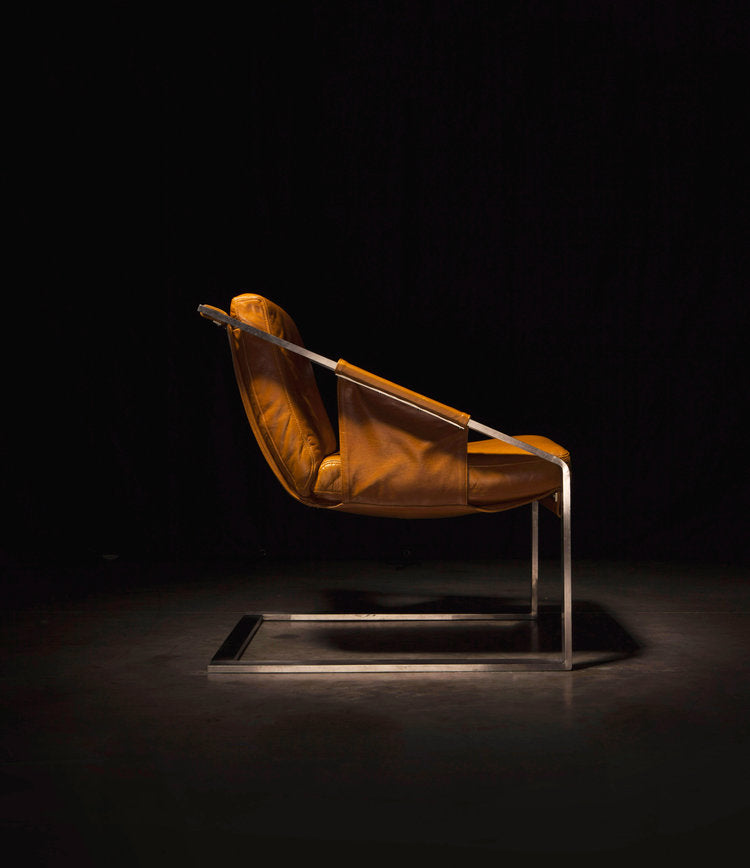
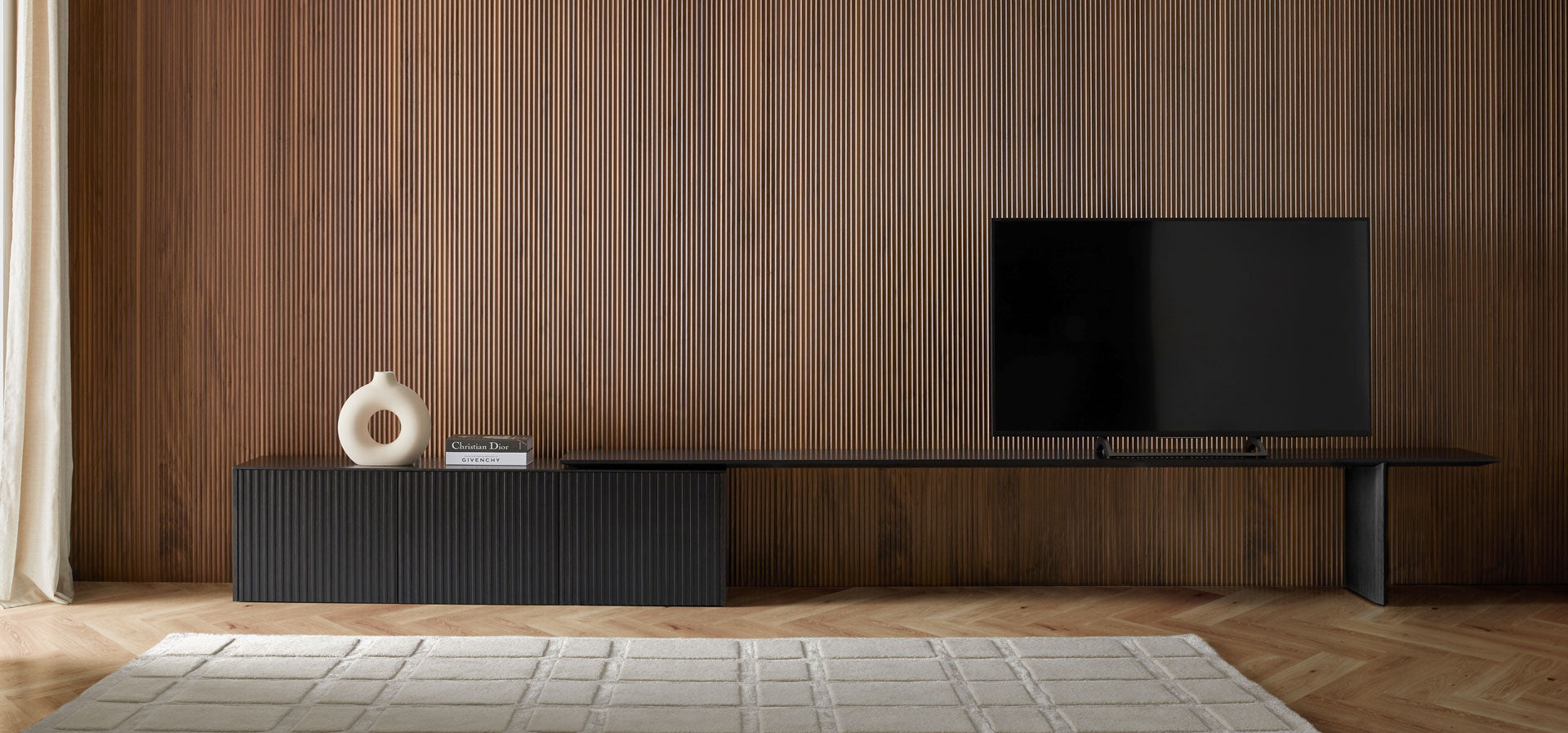
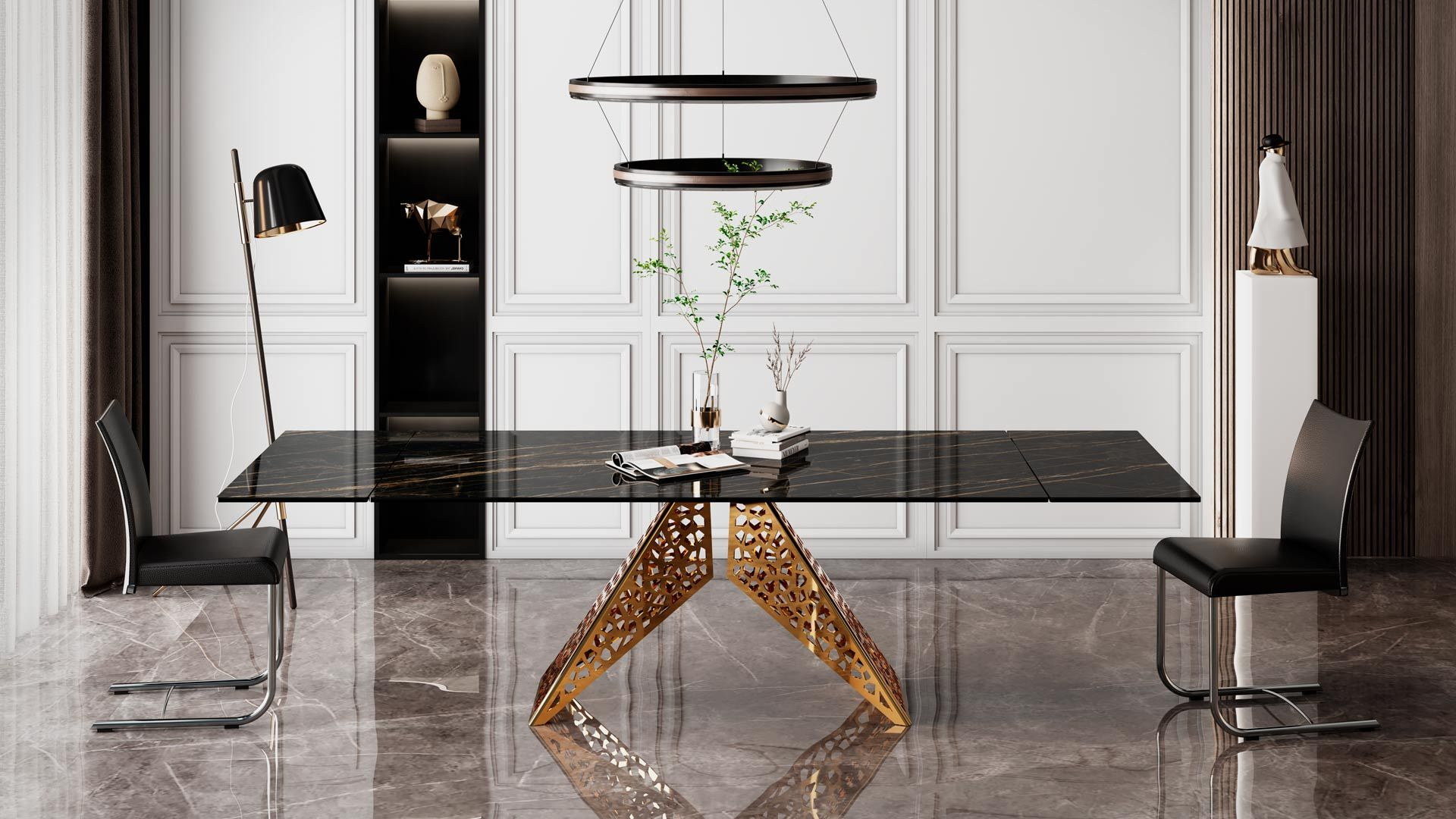
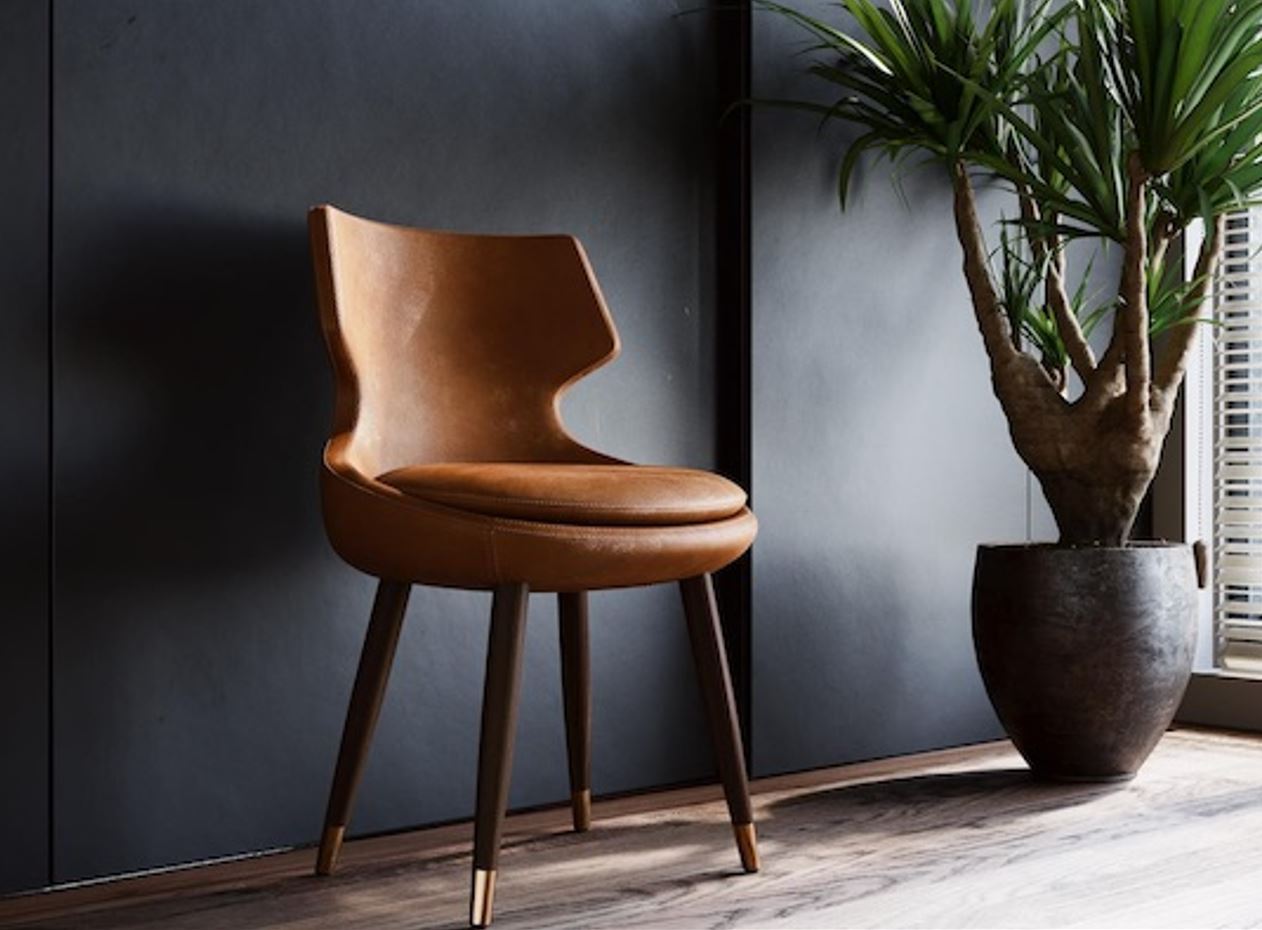
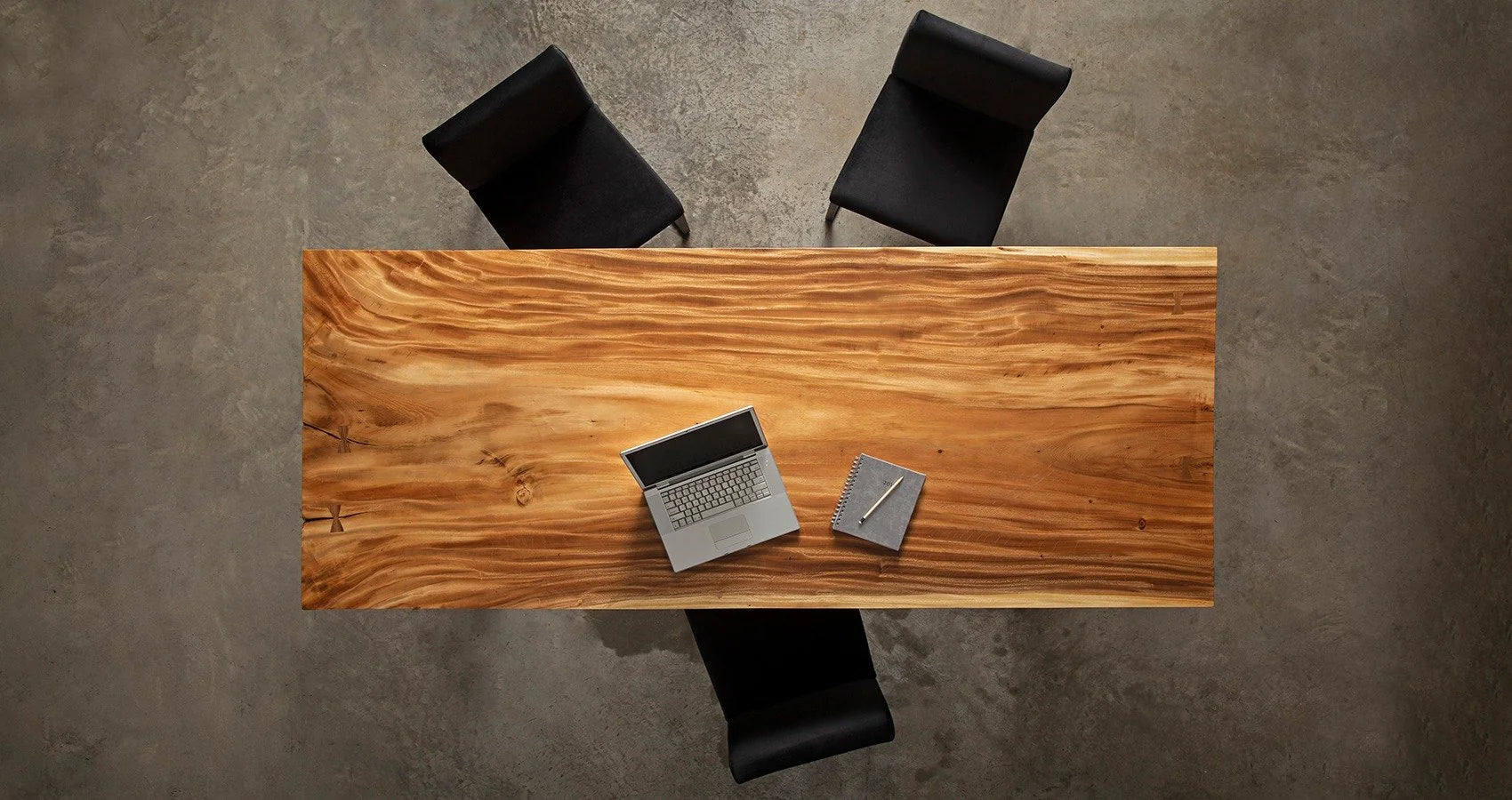
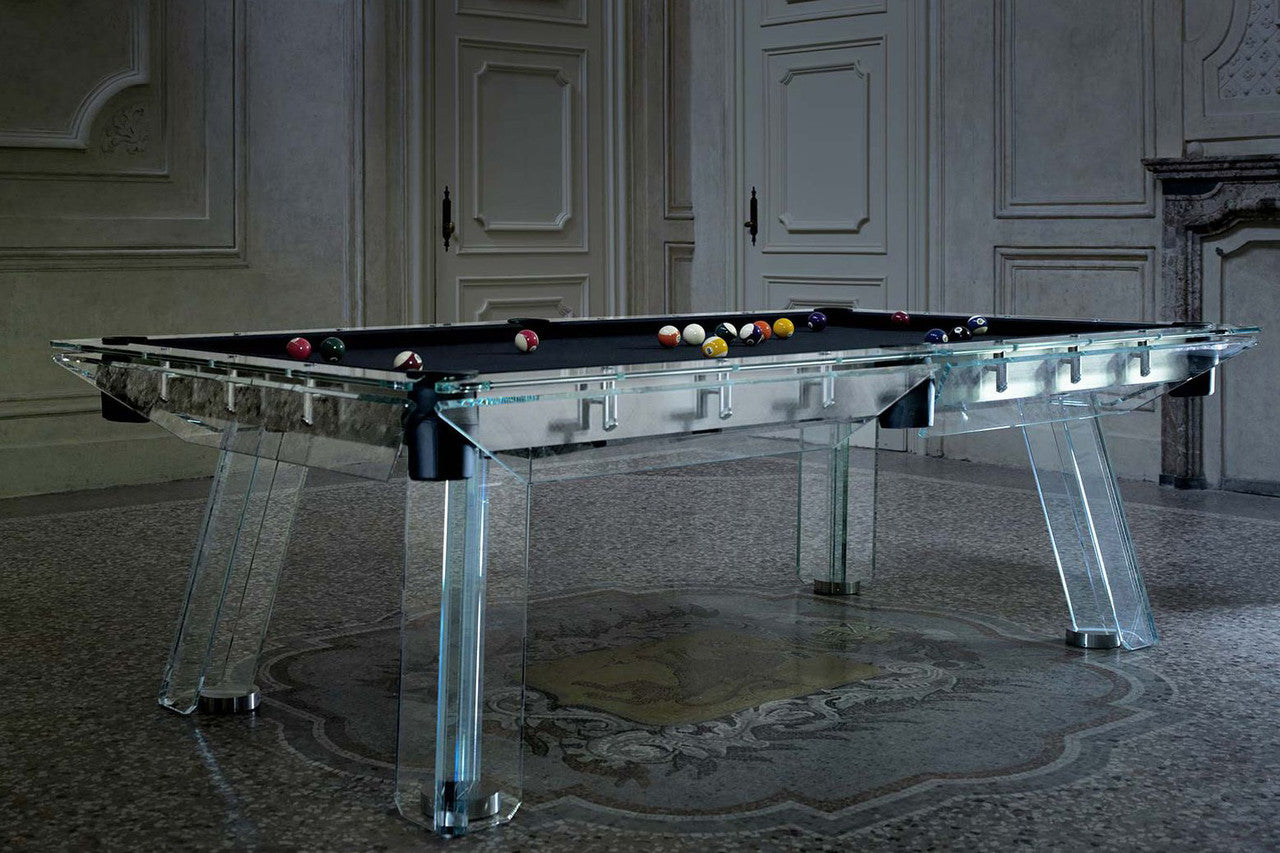
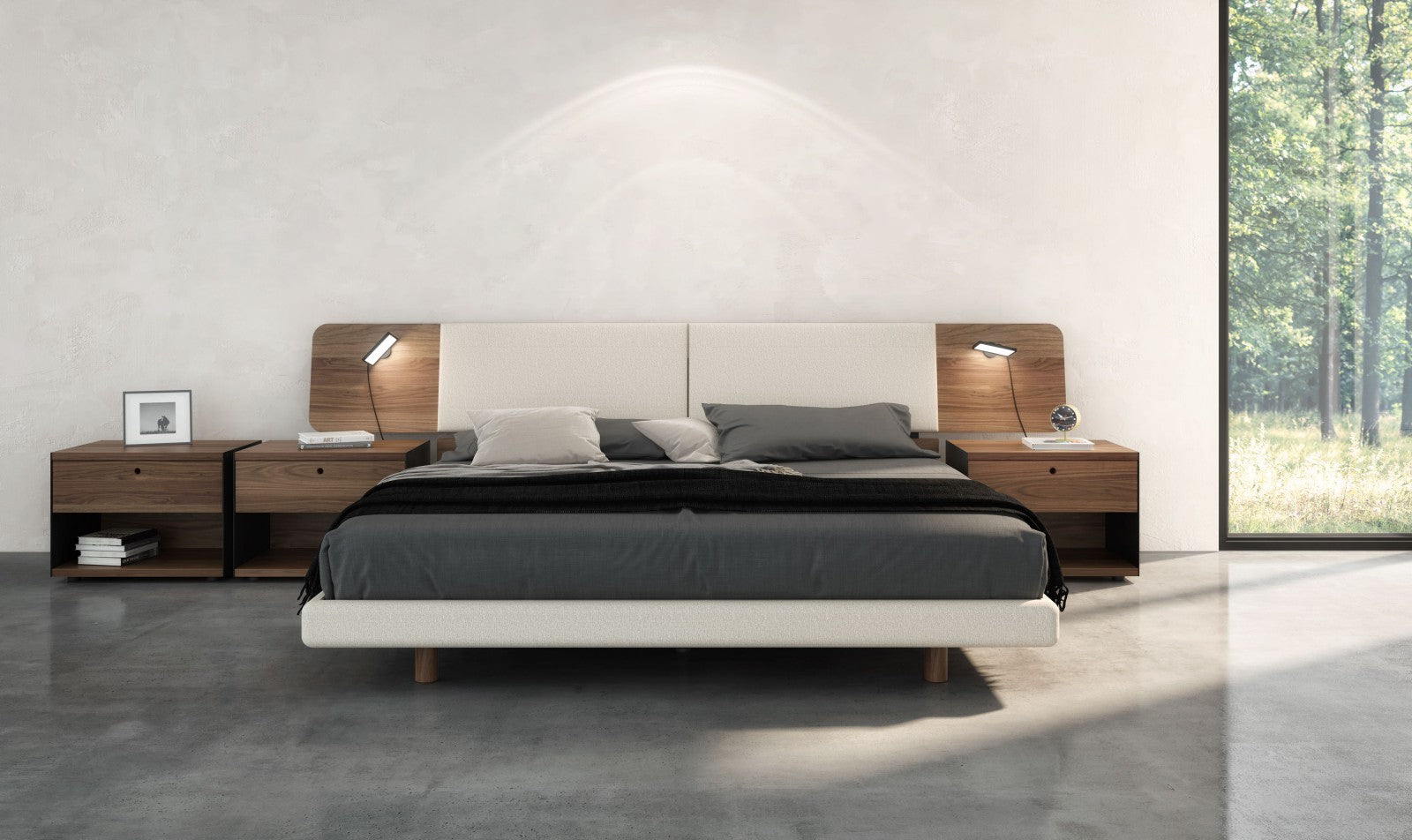
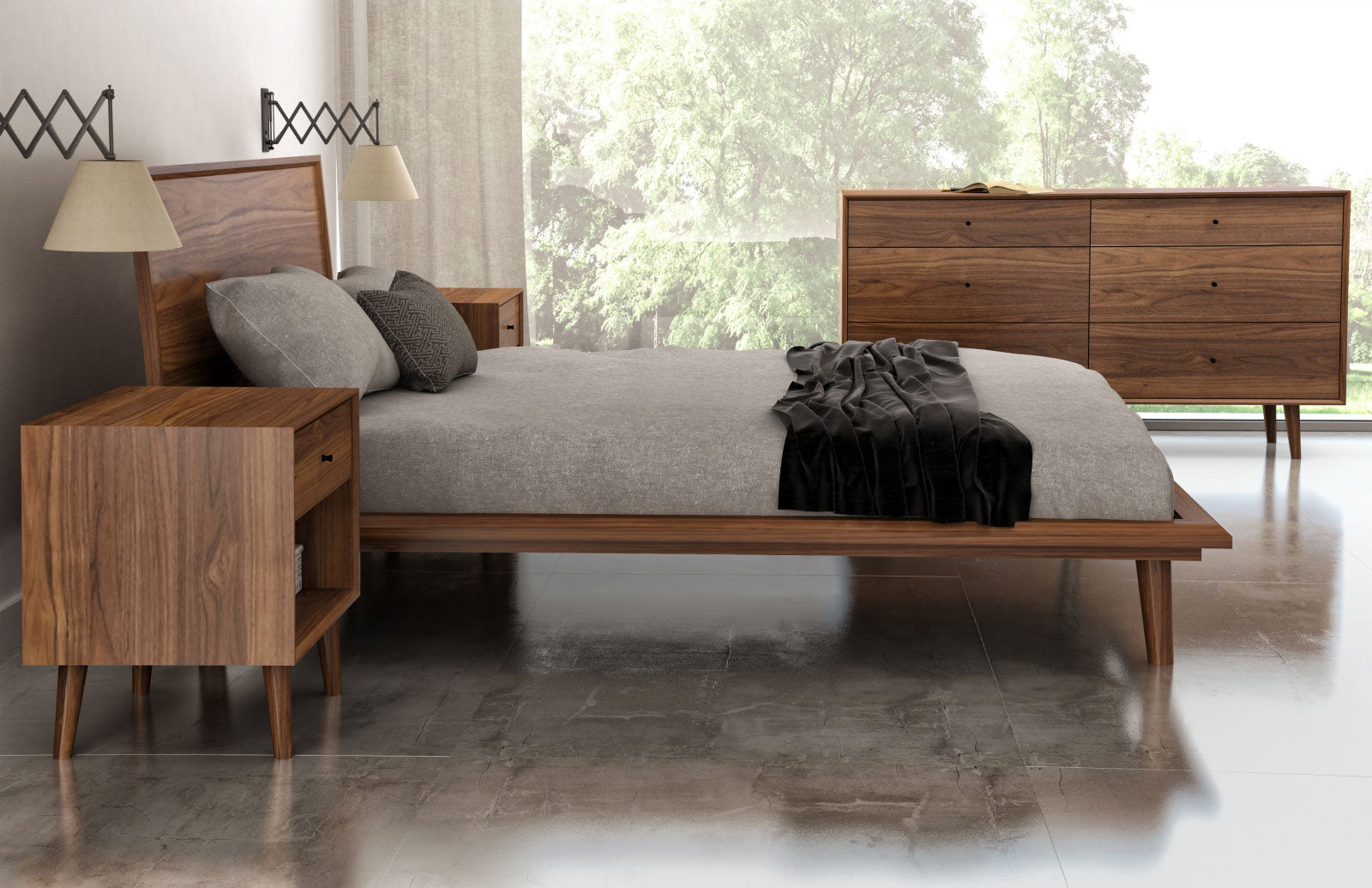
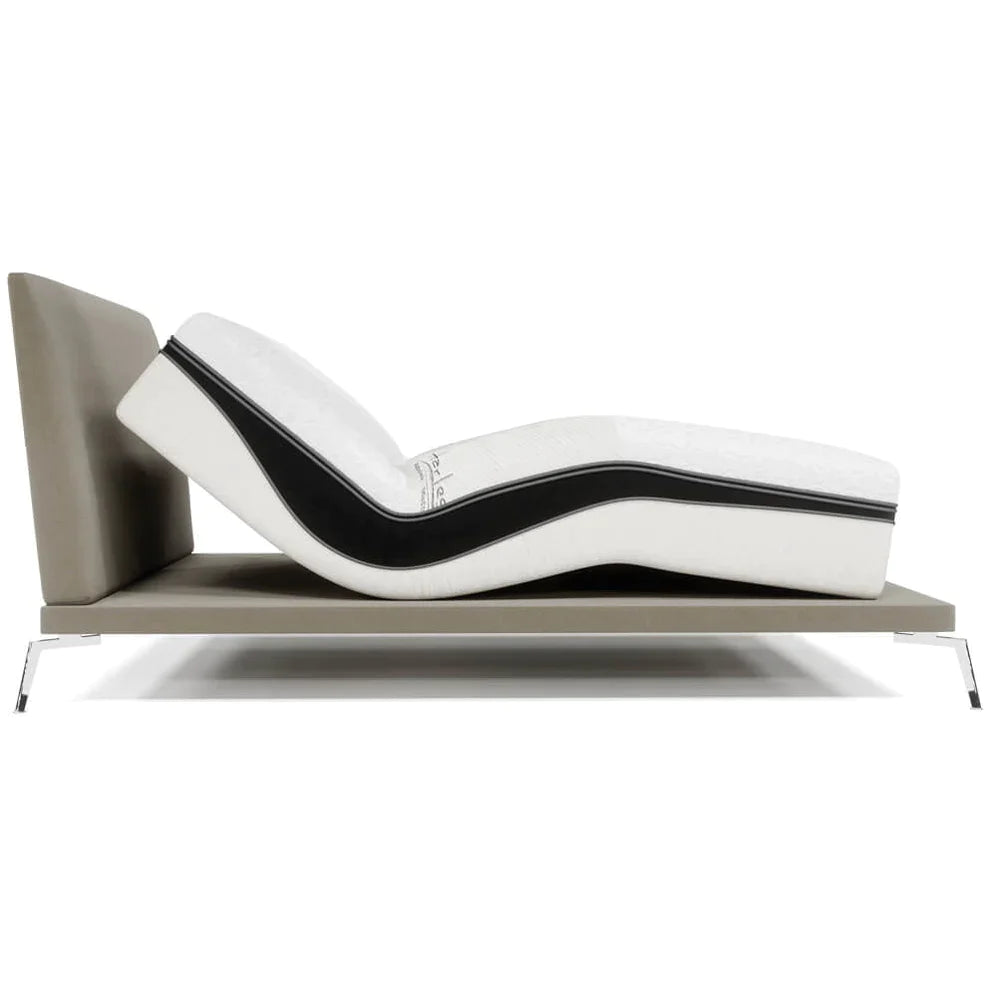


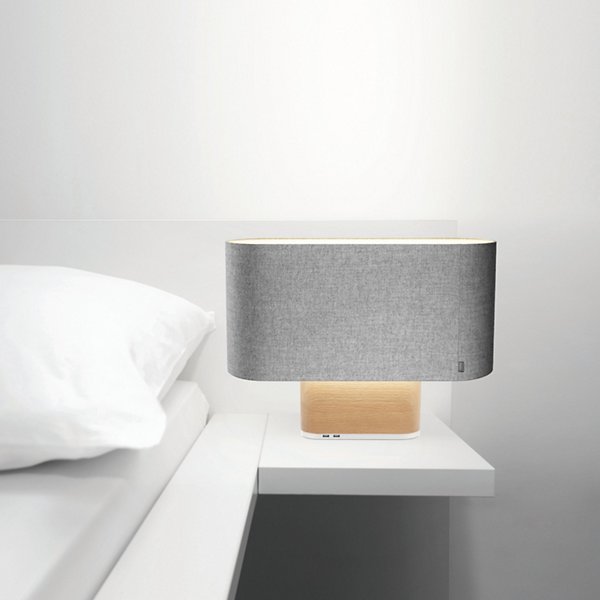
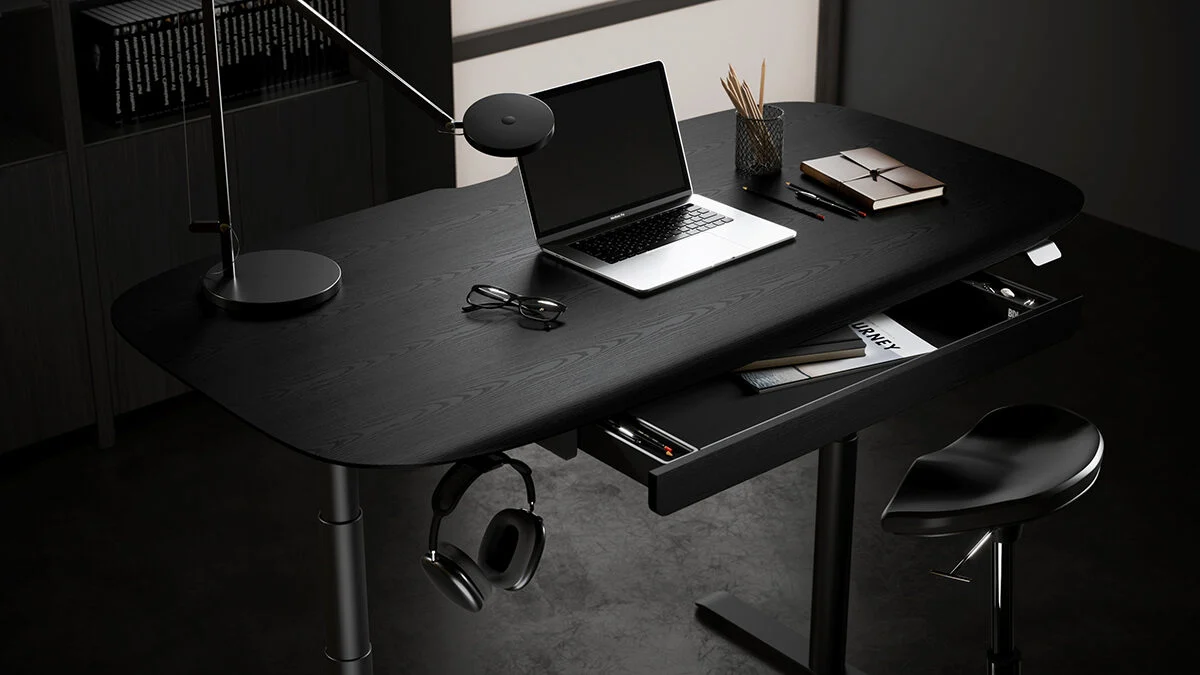


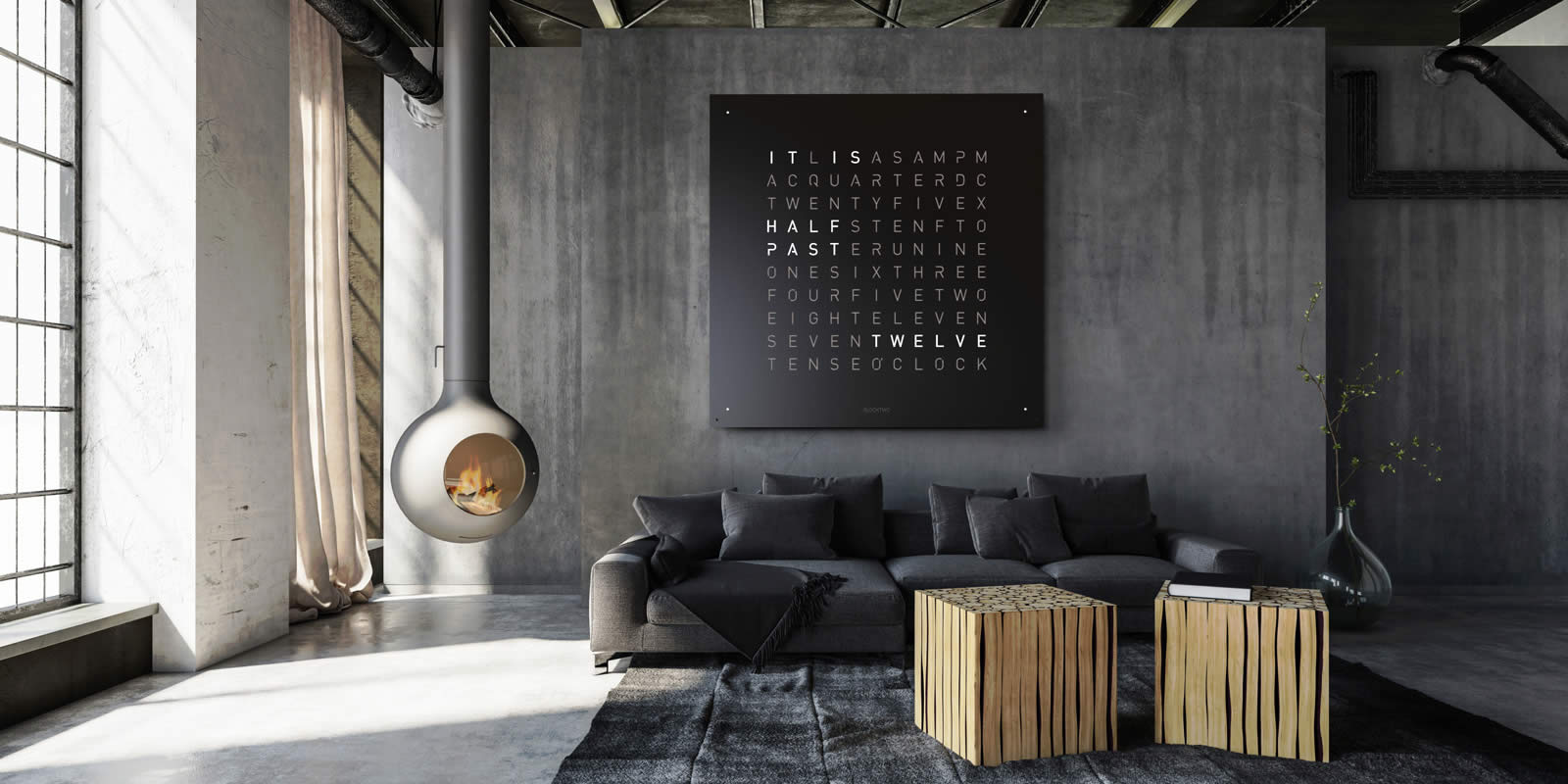



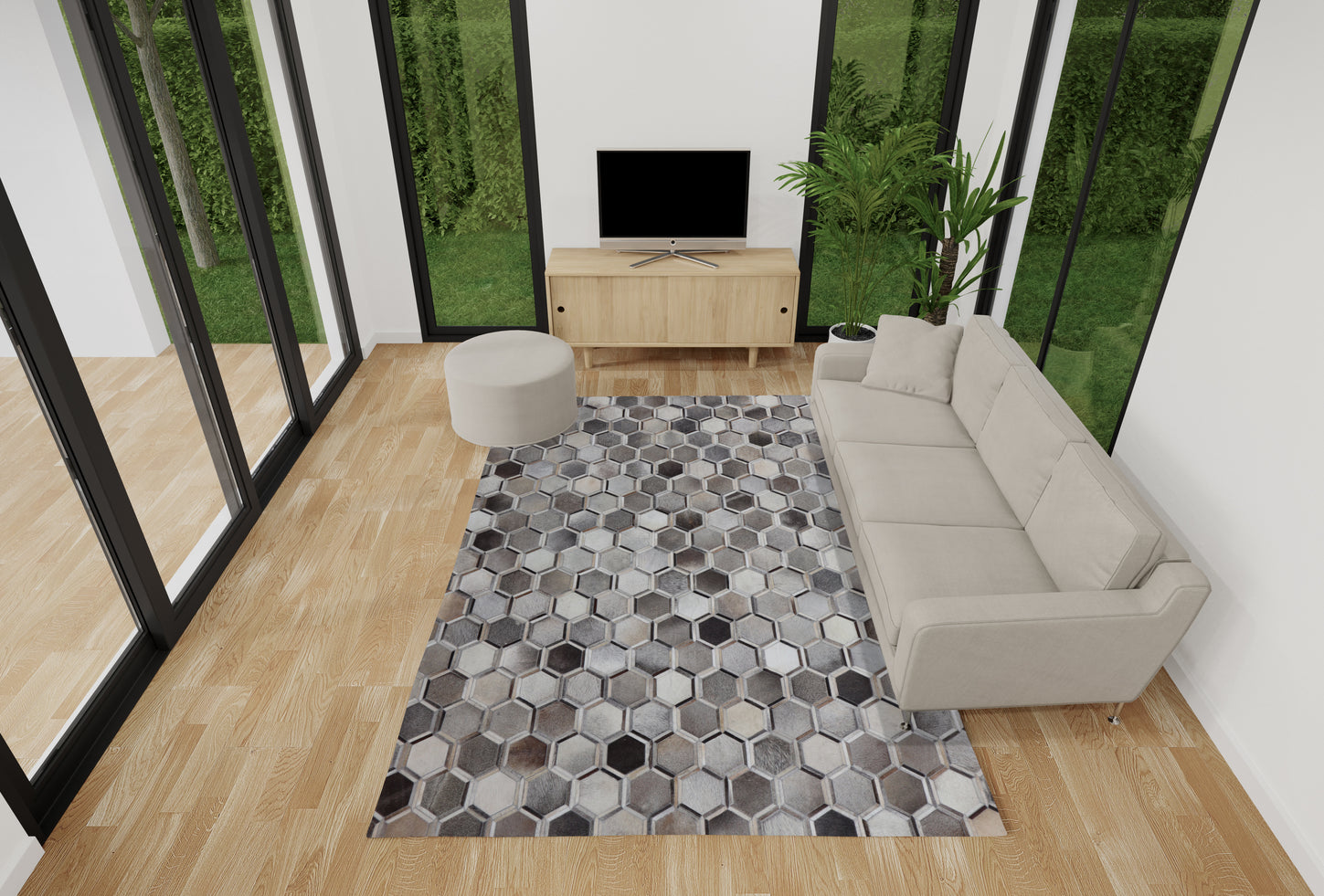
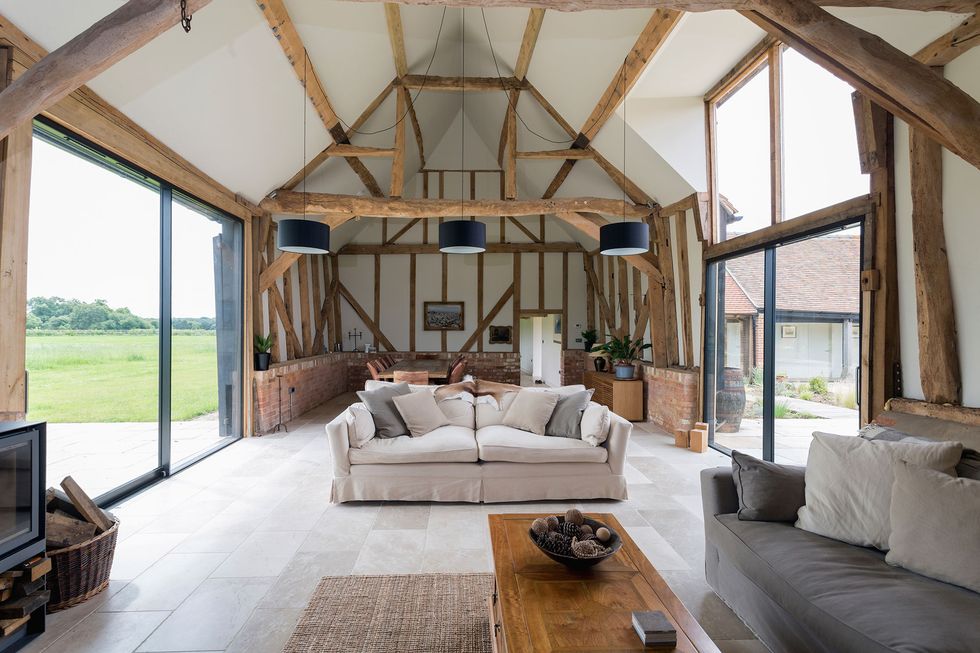
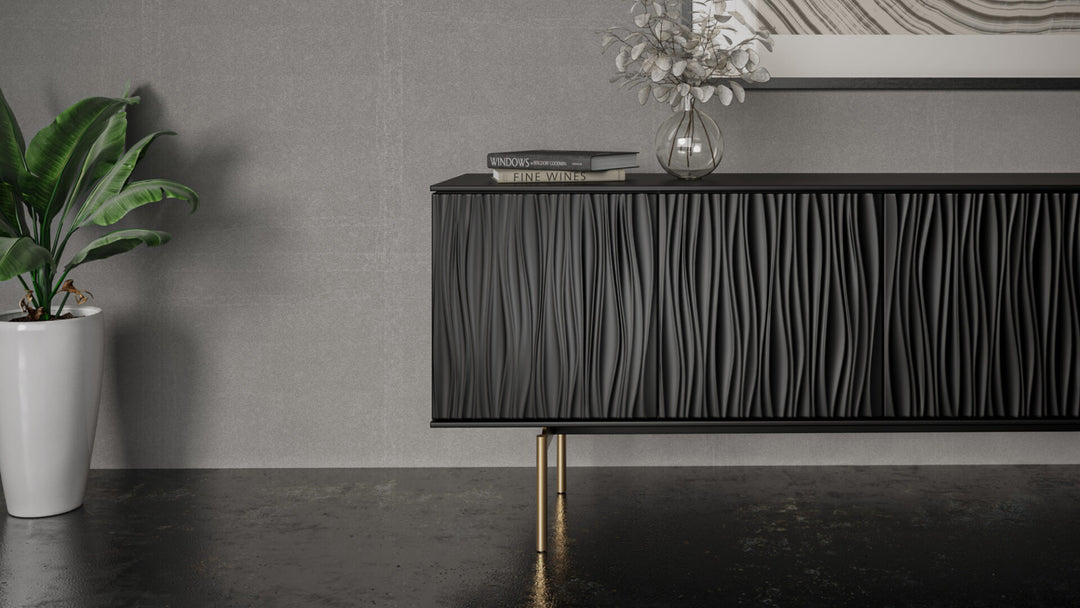
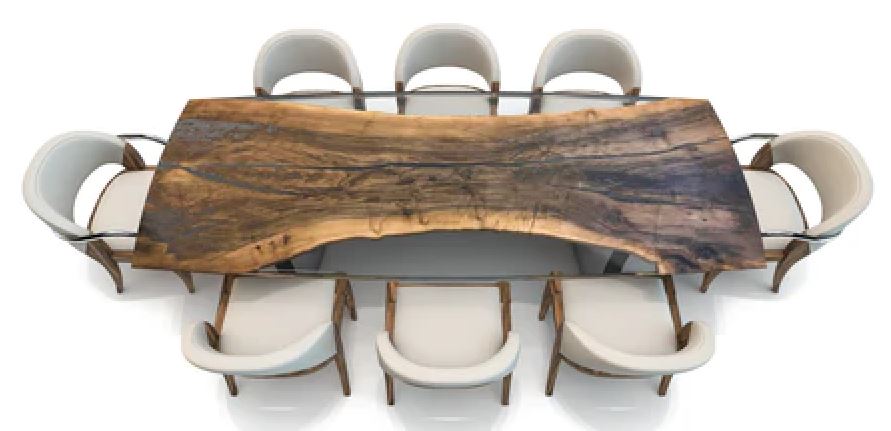
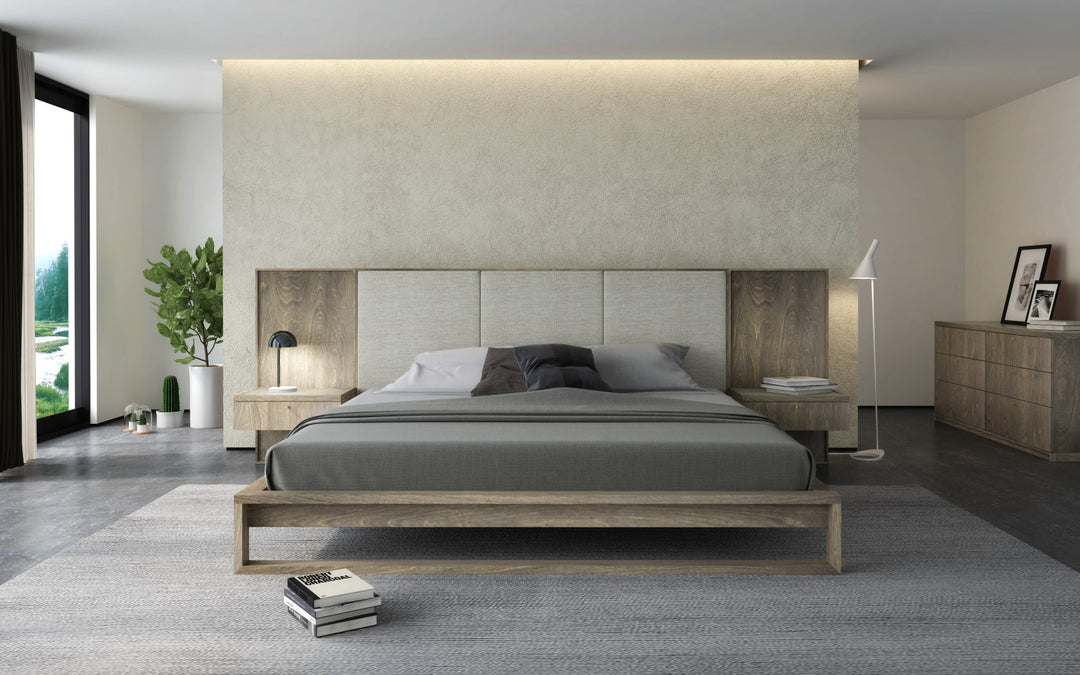

Leave a comment